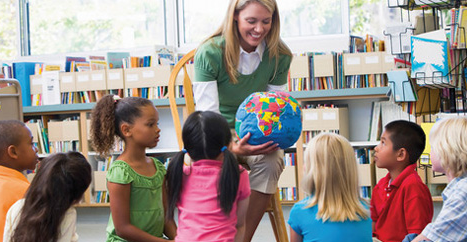
When academic environments provide a culturally responsive environment for their students within the classroom a bridge is built between their home culture and their school culture. A culturally responsive environment ensures that every student will have the chance to succeed by understanding each individuals cultural practices and beliefs. This is achieved by engaging in practices that encourage a cultural response. The use of these practices will aid in forming an over all understanding of the beliefs, behaviors, and values of an individuals culture that could possibly differ from your own culture. These practices can fill in the gaps that may have caused a divide between races and cultures with in the Wisconsin school districts. Incorporating these practices within academic facilities will also help to prepare the students for the multicultural world that we currently live in today.
It does not matter what we have or who we are individually because at the end of the day we all have the same needs. Everyone wants the same goals of freedom, power, fun and belonging. When speaking with a student who comes from a different cultural background from your own one must intellectually, emotionally, politically and socially engage. One needs to speak with both their heart and their head.
Race is known for nationally dividing schools for the past decades. It is commonly know as the equality gap. There has been long standing inequality in our educational infrastructure. There is national as well as state data from Wisconsin which reveals evidence that students of color have measurably lower success rates that those of their white peers. In order to help the diverse succeed you must meet the challenge of understanding them as people and how their culture has shaped them. Let us help see America succeed.